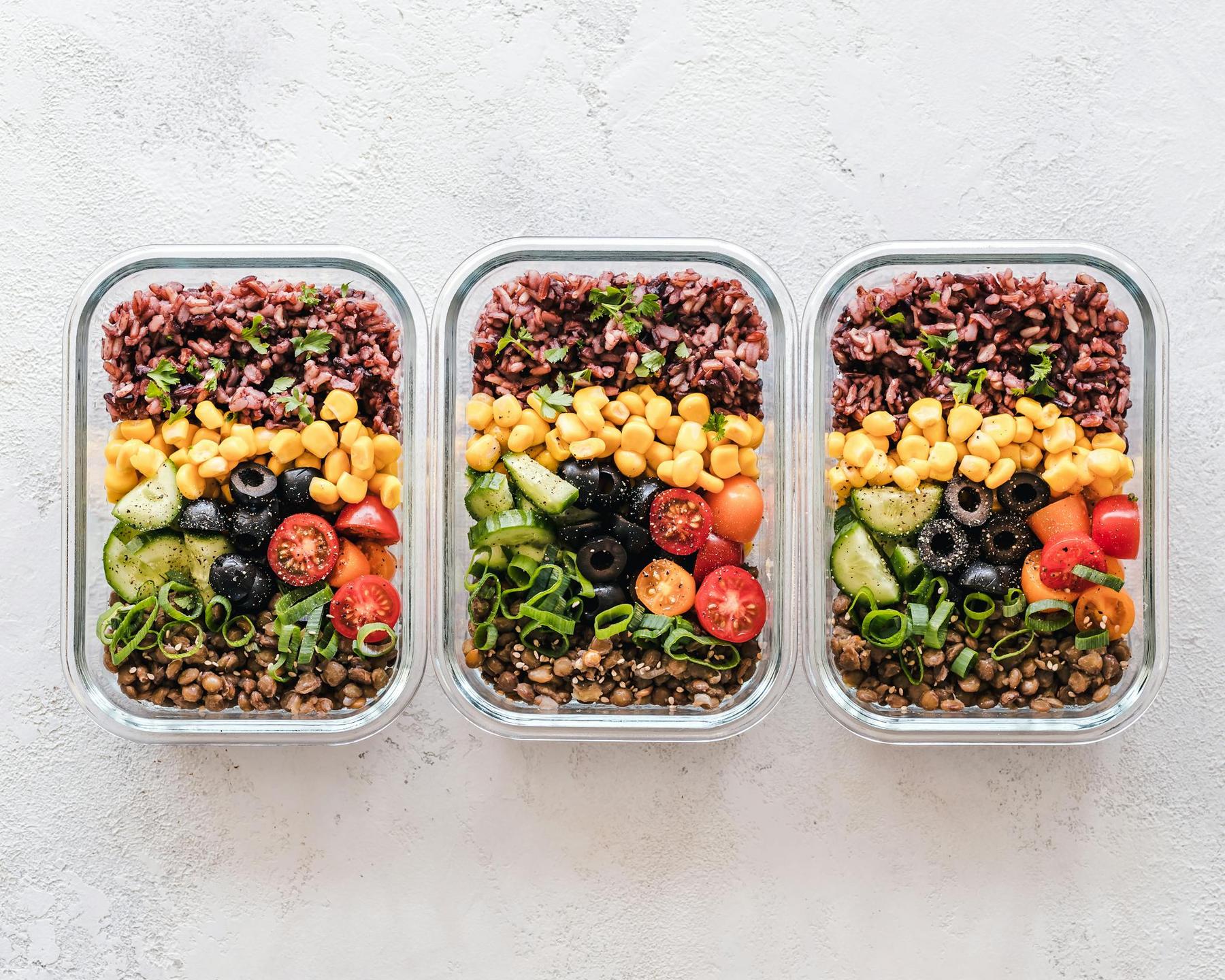For many Australians, finding time to exercise regularly throughout the week feels like an impossible task. Work demands, family responsibilities, and other commitments leave little room for consistent daily workouts. Enter the weekend warrior—someone who concentrates their physical activity into one or two days a week, typically weekends. If this sounds like you, you’re not alone, and the good news is that science supports this approach when done properly.
Recent research confirms that concentrated physical activity patterns can deliver health benefits comparable to traditional daily exercise regimens when meeting the recommended 150-minute weekly guideline. Weekend warriors can achieve similar health outcomes, including reduced risks for cardiovascular diseases, improved mental health, and enhanced metabolic function.
This comprehensive guide will explore evidence-based exercise ideas specifically designed for the weekend warrior, helping you maximise results while minimising injury risk.
What Makes the Weekend Warrior Approach Effective for Health?
The weekend warrior approach works because the total volume of exercise often matters more than frequency. Scientific evidence shows that meeting physical activity guidelines (150 minutes of moderate-intensity or 75 minutes of vigorous-intensity exercise weekly) delivers significant health benefits regardless of how those minutes are distributed.
Studies associate weekend-focused routines with reduced risks for numerous diseases, including cardiometabolic conditions like hypertension (23–28% lower risk) and diabetes (43–46% lower risk). This occurs because even concentrated exercise sessions trigger sustained metabolic changes, including improved insulin sensitivity that can last up to 72 hours post-exercise.
Dr. Michael Carlton, exercise physiologist at Melbourne University, explains: “The body doesn’t keep a rigid schedule. It responds to the total stress and adaptation stimulus of exercise. Whether that comes all at once or spread throughout the week doesn’t matter as much as ensuring sufficient intensity and volume.”
Weekend exercise creates several beneficial physiological responses:
- Elevated metabolic rate for up to 48 hours post-exercise
- Improved glucose tolerance and insulin sensitivity
- Enhanced cardiovascular function through improved endothelial activity
- Increased muscle protein synthesis for up to 72 hours following resistance training
The key is designing a weekend routine that balances intensity, recovery, and strategic exercise selection to maximise these benefits without increasing injury risk.
Which Strength Training Exercises Work Best for Weekend Warriors?
For time-efficient strength development, weekend warriors should prioritise compound movements that engage multiple muscle groups simultaneously. Full-body resistance circuits prove optimal when exercise time is limited to weekends.
Multi-Joint Movement Priorities
Focus on these high-value exercises that deliver maximum results:
- Bulgarian Split Squats – These unilateral leg exercises engage quadriceps, hamstrings, glutes, and core simultaneously while addressing potential muscle imbalances.
- Kettlebell Swings – Perfect for posterior chain activation, these develop explosive hip power while conditioning the cardiovascular system.
- Renegade Rows – Combining a plank position with a rowing motion, these work the core, back, and arms in one efficient movement.
- Overhead Presses – Whether with dumbbells, barbells, or kettlebells, these develop shoulder strength while engaging core stabilisers.
Sample Weekend Strength Circuit
| Exercise | Sets x Reps | Rest | Notes |
|---|---|---|---|
| Hang Clean and Press | 3 x 3-5 | 90 sec | Focus on technique over load |
| Kettlebell Front Swings | 3 x 10 | 60 sec | Maintain neutral spine |
| Renegade Row + Push-up Superset | 3 x 10-15 each | 60 sec | Alternate between movements |
| Box Jumps + Burpees | 3 x 10 each | 90 sec | Reduce jump height when fatigued |
This circuit can be completed in under 45 minutes and engages virtually every major muscle group in the body. For optimal results, alternate between a heavier, lower-repetition focus one day and a lighter, higher-repetition approach the next day to target different physiological adaptations.
“Compound movements are the weekend warrior’s best friend,” notes strength coach Sarah Thompson. “They allow you to train multiple muscles at once, giving you more bang for your buck when time is limited.”
How Can Weekend Warriors Optimise Cardiovascular Fitness?
High-intensity interval training (HIIT) provides superior cardiovascular adaptations compared to steady-state cardio for time-constrained individuals. Research shows the 4×4 method—four minutes at 90–95% max heart rate followed by three minutes active recovery—can improve VO₂ max by 10–15% in just eight weeks.
Efficient Cardiovascular Training Methods
- Hill Repeats – Find a steep hill that takes 30-60 seconds to ascend. Sprint up at 80-90% effort, walk down for recovery, and repeat 8-12 times. This simple workout delivers tremendous cardiovascular benefits while building lower body power.
- Tabata Intervals – This protocol involves 20 seconds of maximum effort followed by 10 seconds of rest, repeated for 8 rounds (4 minutes total). Exercises like mountain climbers, burpees, or battle ropes work exceptionally well with this timing.
- Mixed-Modal Circuits – Combine strength and cardio movements in a circuit format with minimal rest. For example:
- 20 jumping jacks
- 15 kettlebell swings
- 10 push-ups
- 5 burpees
- Rest 60 seconds, repeat 5 times
- Natural Terrain Workouts – Australia offers abundant outdoor training opportunities. Melbourne’s Plenty Gorge trails provide 21km of variable terrain that naturally creates interval training through elevation changes. The Yarra River Trail (38km Lilydale-Warburton) offers excellent weekend cycling sessions where riders average 20km/h and burn approximately 650 kcal/hour.
“The key for weekend warriors is to maximise cardiorespiratory stress in minimal time,” explains exercise physiologist Dr. Jessica Wright. “HIIT allows you to achieve in 20 minutes what might take an hour of steady-state cardio.”
What Are the Best Injury Prevention Strategies for Weekend Warriors?
Injury prevention becomes especially crucial for weekend warriors since concentrated exercise patterns can increase acute injury risk. Analysis of weekend warrior injuries shows 42% affect the lower extremities (particularly Achilles tendinopathy and IT band syndrome), 29% affect the upper body, and 19% involve spinal issues.
Essential Injury Prevention Approaches
- Implement Proper Warm-up Routines – Never skip this critical step. A dynamic warm-up increases tissue temperature, enhances neural activation, and prepares joints for movement. Include:
- Joint mobility drills (ankle circles, hip rotations)
- Dynamic stretches (walking lunges, arm circles)
- Movement preparation (bodyweight squats, light plyometrics)
- Prioritise Movement Quality – Technical proficiency is more important than load or volume, especially when exercise is concentrated into weekend sessions.
- Progressive Loading – Avoid sudden intensity spikes exceeding 50% of your normal volume. Gradually increase workout intensity by no more than 10% weekly.
- Balance Training Modalities – Alternate between impact-heavy and low-impact activities. If Saturday features a high-impact running session, Sunday should focus on swimming, cycling, or resistance training.
- Post-Exercise Recovery – Dedicate 15–20 minutes after each session to:
- Foam rolling tight muscles
- Static stretching major muscle groups
- Controlled articular rotations for joints
- Proper hydration and nutrition
Studies show that weekend warriors who incorporate strength training (at least 2 sessions weekly) reduce injury rates by 31% compared to those doing cardio-only regimens. This highlights the protective benefit of balanced fitness approaches.
How Can Technology Enhance Weekend Warrior Training?
Technology offers tremendous advantages for weekend warriors looking to maximise efficiency and effectiveness. Wearable devices, apps, and telehealth services can provide guidance, feedback, and motivation.
Effective Technology Integration
- Heart Rate Monitoring – Weekend warriors benefit from targeted heart rate training. Setting zones between 80–90% of maximum heart rate for at least 35 minutes per session optimises cardiovascular adaptations.
- Movement Analysis Apps – Applications that analyse exercise form through smartphone cameras can help prevent technique errors that lead to injury.
- Recovery Tracking – Heart rate variability (HRV) metrics help determine when recovery is sufficient. An HRV below 70ms might indicate the need for a lower-intensity session.
- Progress Tracking – Digital tools enable precise monitoring of performance improvements, which can be motivating when exercise is limited to weekends.
- Telehealth Support – Professional guidance through telehealth services can provide personalised recommendations for exercise selection, injury prevention, and technique correction when in-person coaching isn’t feasible.
Which Community Resources Can Weekend Warriors Leverage in Australia?
Australia offers excellent community resources that weekend warriors can utilise to enhance their training experience.
Community Training Options
- Parkrun Events – These free, weekly 5km timed runs/walks occur every Saturday morning across Australia. Melbourne’s Albert Park Reserve route attracts over 900 weekly participants. Research shows group exercisers maintain 78% higher long-term adherence.
- Public Fitness Stations – Cities like Melbourne provide excellent outdoor fitness infrastructure:
- Port Melbourne’s Cook Reserve: Battle ropes and plyometric boxes
- St Kilda’s Peanut Farm Reserve: Adjustable pull-up stations
- Melbourne Central’s Kings Way: Incline sprint lanes
- Trail Networks – Australia’s extensive trail systems offer excellent weekend warrior training grounds that combine cardiovascular benefits with the psychological advantages of nature exposure.
- Community Fitness Classes – Many fitness studios offer weekend-specific packages for individuals who can only attend Saturday and Sunday sessions.
Making the Weekend Warrior Approach Work for You
The weekend warrior approach can be highly effective when implemented strategically. The key success factors include:
- Meeting the 150-minute weekly threshold for moderate-intensity exercise (or 75 minutes of vigorous activity)
- Balancing strength, cardiovascular, and mobility work
- Implementing proper warm-up and cooldown protocols
- Progressively increasing intensity and volume
- Utilising technology for guidance and progress tracking
- Leveraging community resources for motivation and variety
For individuals carrying excess weight, combining weekend exercise with professional support can significantly enhance results. Medical weight management programs can complement your physical activity by addressing metabolic factors that influence health and weight.
Skip the struggles. Our patients achieve <20.2% weight reduction with medical weight loss treatments delivered straight to their door. No clinics. No waiting. Just results. See if you’re eligible for our medical weight loss treatments – take our quiz.
Can weekend-only exercise really be as effective as daily workouts?
Yes, research confirms that concentrated physical activity patterns can deliver comparable health benefits to traditional daily exercise routines when meeting the recommended 150-minute weekly guideline for moderate-to-vigorous activity. Studies show similar reductions in mortality risk and cardiometabolic disease development.
What are the best exercises for someone just starting as a weekend warrior?
Beginners should focus on foundational movements that build overall fitness: bodyweight squats, modified push-ups, assisted pull-ups, walking lunges, and kettlebell deadlifts. Supplement these with moderate-intensity cardio like brisk walking or cycling, prioritising proper form over intensity.
How can I prevent injury when I only exercise on weekends?
Preventing injuries requires thorough warm-ups, gradual progression of intensity, balancing different exercise modalities, and adequate recovery protocols. Incorporate mobility work even on non-exercise days, alternate between high-impact and low-impact activities, and avoid sudden increases in volume.
How should I structure my nutrition around weekend-only exercise?
Maintain consistent, nutritious eating patterns throughout the week rather than drastically changing your diet on exercise days. Increase carbohydrate intake moderately before sessions for energy, prioritise protein to support muscle recovery, and ensure proper hydration before, during, and after your workouts.
Is a weekend warrior approach suitable for weight management?
Yes, concentrated weekend exercise can support weight management when combined with appropriate nutrition and professional support. Medical weight management programs can address biological factors influencing weight regulation, ensuring a safe and effective approach tailored to individual needs.



